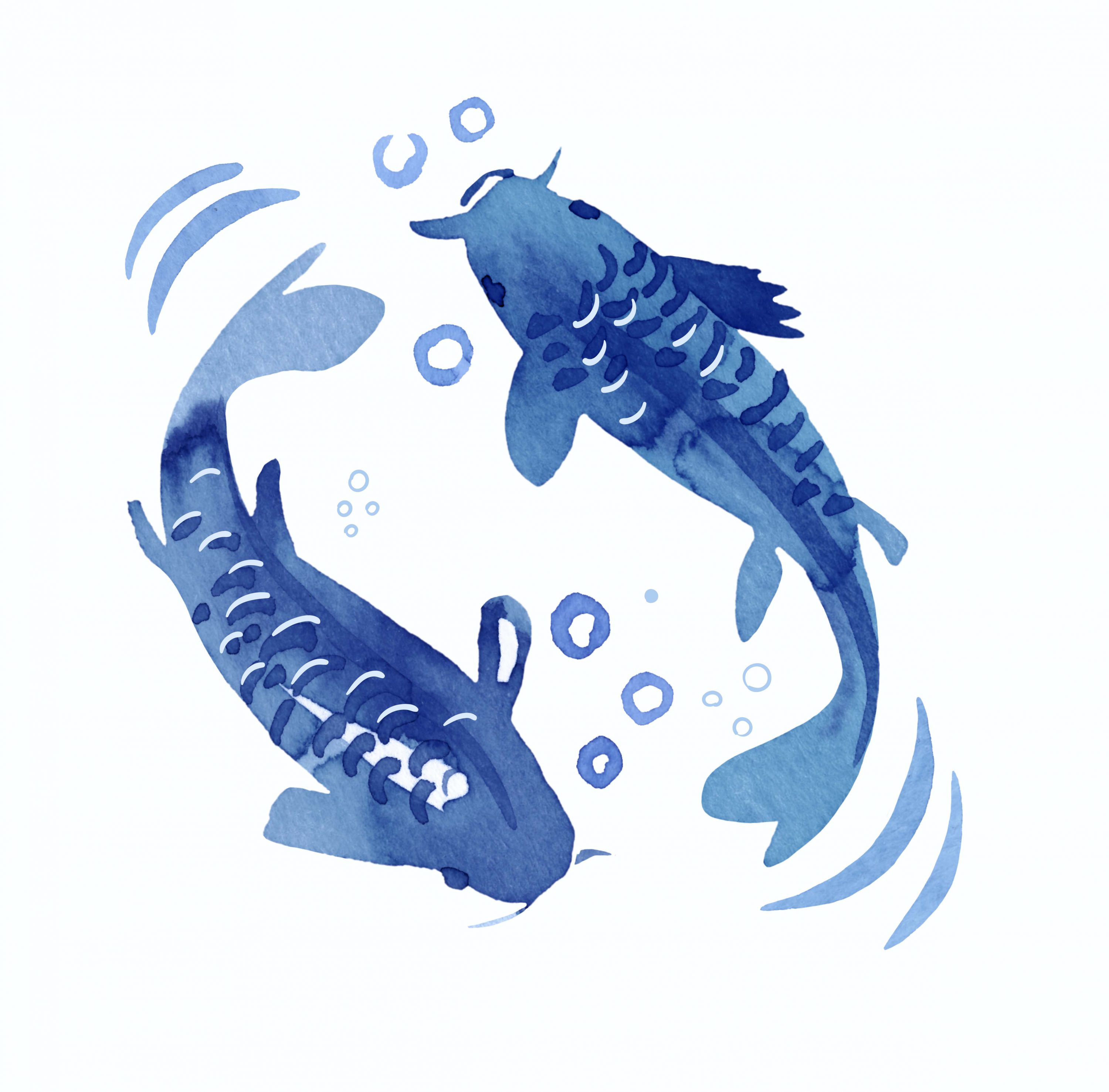Breathe
Joseph Pilates
Effective
Breathing
One of the most profound discoveries over my 25 years of clinical practice is when I am evaluating new patients who have recently undergone spinal fusion, one singular quality stands out as a common thread: they all present with dysfunctional breathing patterns.
We take breathing for granted. Most of us don’t attend to our breath unless we don’t have it – such as during an anxiety, asthma or cardiac event. While most people know the diaphragm as our primary respiratory muscle, did you know it’s also the most important muscle for our core and spinal stability?!
The Diaphragm and Diagnoses: What’s the Connection?
Lying deep to the transverse abdominals, the diaphragm is a parachute shaped muscle attaching to the lower ribs, sternum, and the front of the lumbar vertebrae.
Like a soda can, our trunk is a pressurized container, with the diaphragm separating the upper and lower chambers. Reverse breathing patterns, imbalanced breathing patterns, chronic muscle tightness from holding our bellies in, or chronic shortening of our hip flexor muscles from prolonged sitting not only reduces the range of motion of the diaphragm, but also increases the pressure on our lumbar spine.
A shortened and weakened diaphragm contributes to orthopedic issues including back, neck, shoulder, hip and knee pain, but also digestive issues, anxiety, moodiness, insomnia, cardiac and neurological dysfunction, postural collapse, and more.
Improving vital capacity and diaphragmatic function are particularly important in conditions such as scoliosis to maximize success in torso reshaping and axial (spinal) elongation.
Nasal vs Mouth Breathing

Do you breathe more through your mouth, or your nose? More importantly, why does the answer to that even matter?
Whether we breathe primarily though our nose or mouth impacts every system of the body and the quality of our health throughout our life. Habits like mouth breathing often start innocently in early childhood. Whether due to lower muscle tone and weak muscles, after a cold with a stuffy nose, or a prolonged habit of thumb sucking, each of the above examples is enough to start the dangerous habit of mouth breathing.
Mouth breathing promotes jaw dropping, facial lengthening, postural collapse and more. If the tongue is no longer contacting the roof of the mouth, the tongue begins to flatten out and move backward towards the throat, reducing not only the diameter of the trachea, but also the volume of air allowed in. As the tongue continues to flatten and recede, it pulls the chin backwards with it, too.
This habit of mouth breathing begins a cascade of orthopedic and musculoskeletal issues affecting facial structure, bone growth, spinal health, and more. Not only is the volume of air significantly reduced with mouth breathing, but the “quality” of the air is, too. When mouth breathing, air dries out the mouth; as the jaw and posture collapse, the ribs also collapse into the diaphragm, shortening its fibers and reducing its range of motion and full functional strength.
It takes WORK to keep the mouth closed (beyond just breathing these days!)
When the mouth is closed and the tongue touches the roof of the mouth, the upper and lower teeth lightly contact each other. This alignment lifts and lightens the body, creating not only more space between the ribs and pelvis, but ultimately lengthening and decompressing the spine. With more active elongation and vertical space between the ribs and pelvis, the diaphragm can more optimally function for respiration and spine & postural stability. Nasal breathing ensures that the hairs inside our nose filter the air we breathe, while humidifying the air by almost 200%. This humidification process is critical for our energy, as the red blood cells in our body can only extract oxygen through water. Always feeling tired and sluggish? Mouth breathing may be the culprit!
When we breathe primarily through our nose, air enters the nostrils, passing directly under the brain, mechanically stimulating lower brain structures such as the optic nerve and pituitary. Ever wondered if your breathing habits could impact your hormones, metabolism, and mood? Yes it can!
Test your breath!
Use this quick interactive tool to see the length of your inhale and exhale – practice as many times as you like, and check back every few days to test again!
Remember to inhale & exhale through your nose! You can do it!

The breath and the mind
The breath and the mind are like two fish constantly following one another: Where the breath goes, the mind goes, and where the mind goes, the breath goes. Developing a steady, stable, and harmonious breathing pattern is the single most important thing we can do towards building stability in the body and mind.